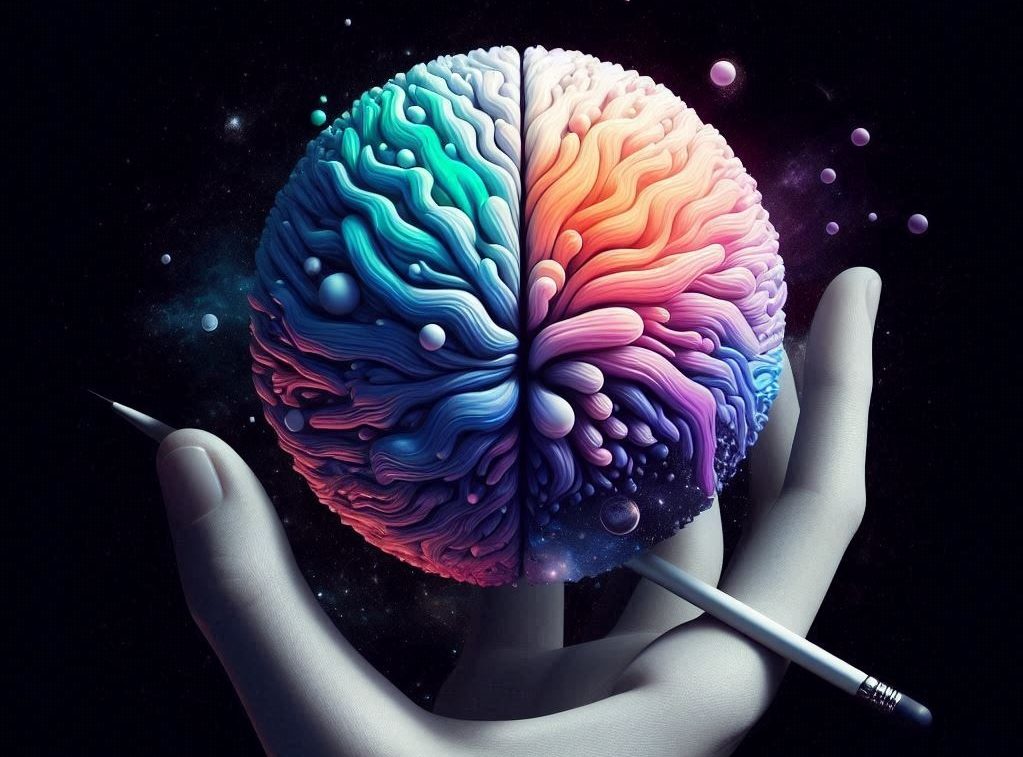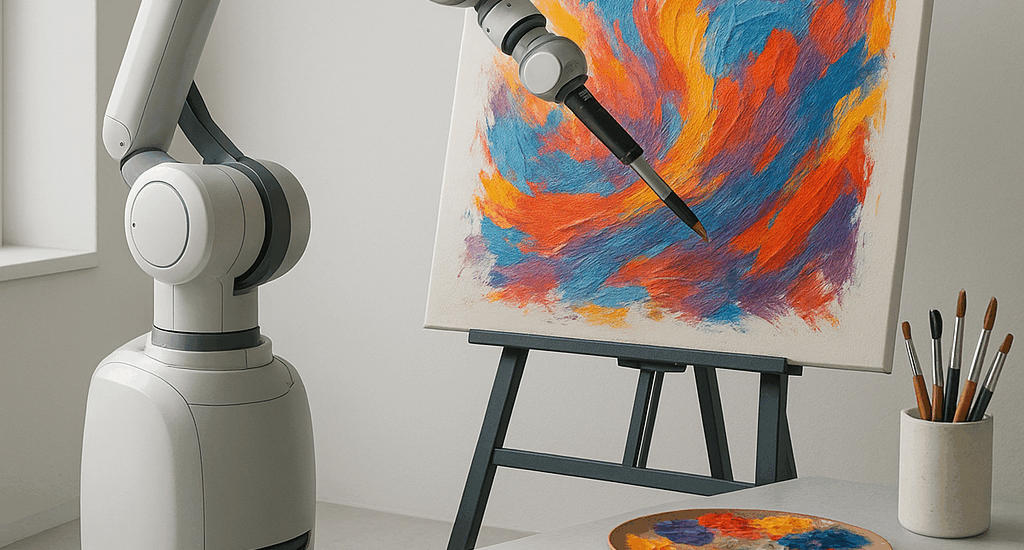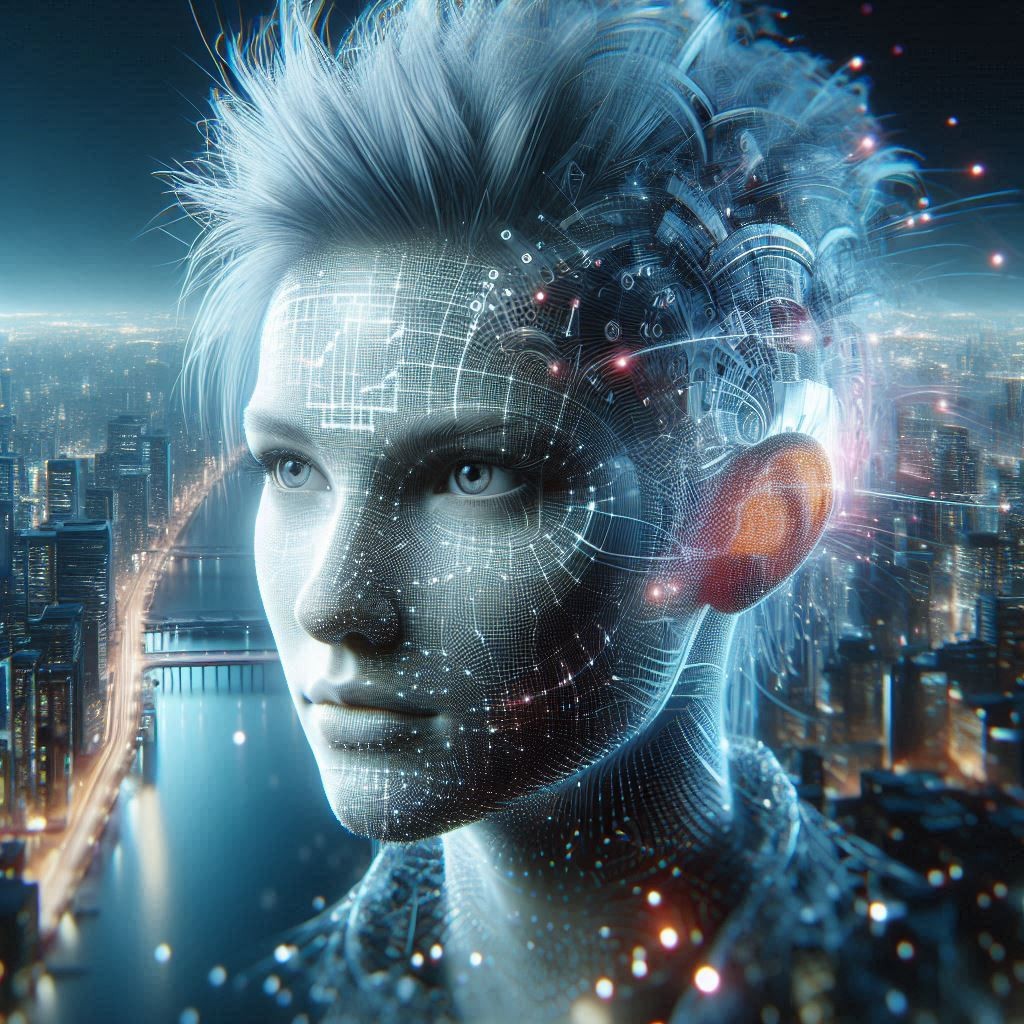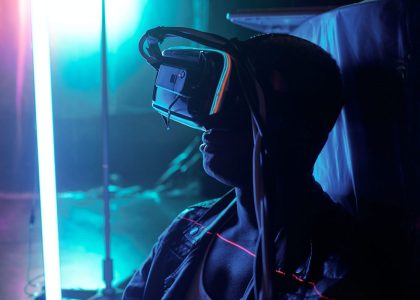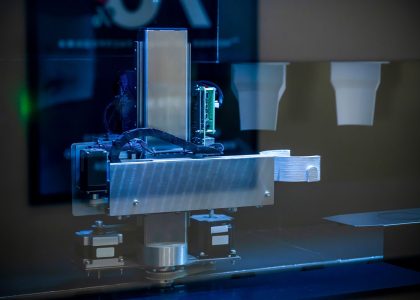Reimagining Visual Arts Through Artificial Intelligence
The visual arts, historically a realm of paintbrushes, chisels, and camera lenses, now find themselves entwined with algorithms and neural networks. Artificial intelligence has evolved from a mere digital assistant to an autonomous creative partner, capable of generating evocative imagery that challenges traditional notions of artistry. Generative adversarial networks (GANs), a class of AI models, have revolutionized image creation by pitting two neural networks against each other—the generator crafts images, while the discriminator critiques them—resulting in hyperrealistic artworks that blur the line between human and machine creativity.
Artists like Refik Anadol utilize AI to manipulate vast datasets, translating sensory information into mesmerizing visual landscapes that pulsate with data-driven life. By harnessing AI, artists are no longer confined to physical mediums; instead, they embrace a dynamic interplay where technology acts as both muse and collaborator. This transformation pushes visual arts beyond representation and toward immersive experiences fueled by data interpretation, pattern recognition, and algorithmic invention.
Amplifying Musical Innovation with AI
The musical domain is undergoing a renaissance through AI’s ability to analyze, emulate, and innovate. Traditional composition, once bound by human creativity and physical instruments, now intersects with machine learning that can predict harmonic progressions, generate new genres, or assist in intricate sound design. AI models such as OpenAI’s MuseNet and Google’s Magenta experiment with polyphonic complexity, crafting pieces influenced by classical maestros or contemporary innovators.
AI not only democratizes music production by offering novice musicians access to compositional tools but also challenges professional artists to explore uncharted aural territories. Algorithms can identify latent motifs within vast musical datasets and recombine them in unexpected ways, leading to novel soundscapes. The collaboration between human intuition and AI-generated suggestions exemplifies a synergistic evolution—where creativity is no longer a solo endeavor but a dialogue with the machine’s analytical prowess.
Reinventing Literature and Narrative Creation
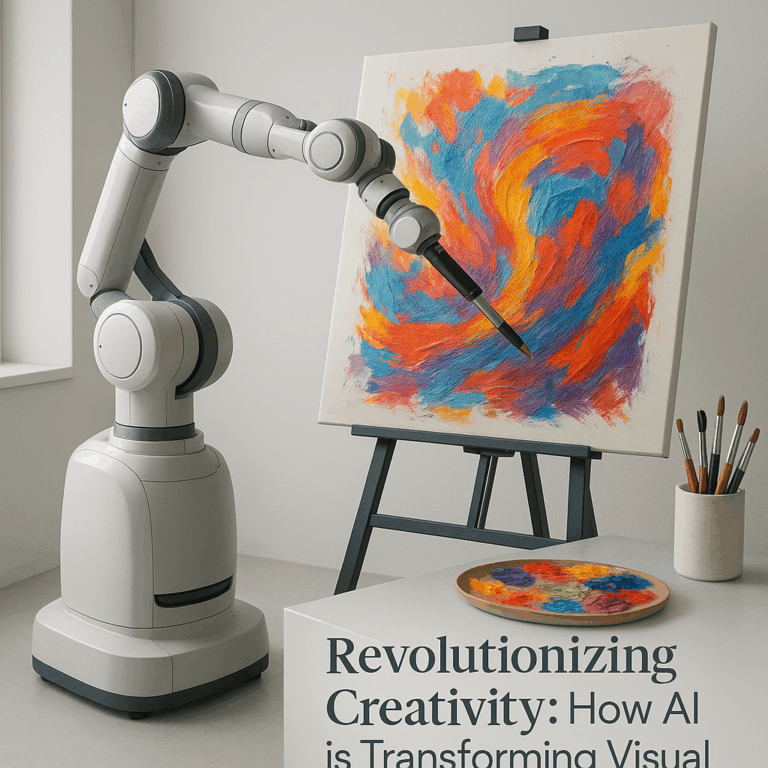
Artificial intelligence is rewriting the narrative in literature. Language models, trained on extensive corpora, are capable of generating compelling prose, poetry, and even entire novels. These models analyze syntax, semantics, and style, enabling them to mimic authors’ voices or invent entirely new ones. Writers are integrating AI as an imaginative sounding board, a co-author that offers innovative plot twists, stylistic flourishes, or authentic dialogic exchanges.
This symbiosis disrupts traditional storytelling by enabling the rapid exploration of narrative alternatives, enriching character development, and expanding linguistic diversity. The boundary between autonomous machine authorship and human creativity becomes fluid, provoking deep questions about authorship, originality, and the essence of storytelling itself. As AI becomes increasingly proficient at understanding narrative structures and thematic elements, it opens pathways to tailor-made literary experiences—interactive stories that adapt in real time to reader choices.
Expanding Performance and Interactive Art with AI
Beyond static or recorded forms, artificial intelligence fuels transformations in live performance and interactive arts. Dance, theater, and immersive installations incorporate AI to respond dynamically to performers and audiences, generating real-time adaptations in lighting, sound, and visual effects. These systems analyze movement patterns, facial expressions, or audience reactions, creating a reciprocal relationship where technology amplifies emotional resonance and narrative engagement.
For example, choreographers use AI-driven motion capture and predictive analytics to explore new kinetic vocabularies, while theater productions incorporate AI-generated scripts or dialogue to produce unique performances every time. Interactive art installations leverage AI to create personalized environments that evolve with viewer participation, forging intimate art experiences that transcend static observation.
The Dual Nature of AI in Creative Autonomy and Toolness
One enthralling tension in AI’s integration into the arts is the oscillation between machine autonomy and tool-like functionality. On one hand, AI systems independently generate artworks that can stand on their own, prompting debates about the artist’s role. On the other hand, AI acts as an extension of the artist’s will—a sophisticated tool that enhances, amplifies, or accelerates creative processes.
This duality invites a reevaluation of creativity itself. Is originality located in the source code of algorithms, or in the human intent guiding their application? AI challenges the myth of the solitary genius by promoting collaboration not just between artists but between species—organic and synthetic. It heralds a paradigm where creativity becomes a distributed attribute, arising from human-machine coalescence rather than isolated inspiration.
The Ethical and Philosophical Frontiers
With AI’s profound impact on arts comes complex ethical considerations. Intellectual property frameworks strain under questions of authorship when algorithms generate novel works. Biases embedded in training data can perpetuate inequalities or stereotypes in AI-created art. Moreover, the proliferation of AI-generated content risks diluting the cultural and emotional depth that human experiences traditionally embed in art.
These challenges urge artists, technologists, and audiences to actively shape the responsible development and deployment of AI in artistic contexts. Transparency about AI’s role, inclusive datasets, and nuanced understanding of AI’s limitations become essential to maintaining art’s potency as a cultural mirror and catalyst for empathy.
Charting New Horizons in Artistic Expression
Artificial intelligence unleashes a new era of artistic democratization and experimentation, where the collision of algorithms and imagination births unprecedented forms of expression. In visual arts, AI crafts dreamlike worlds; in music, it composes symphonies conjuring the future; in literature, it authors stories interwoven with human and machine consciousness; in performance, it creates dynamic dialogues between technology and embodiment.
This transformative journey expands the very definition of art, inviting us to reconsider creativity as a shared adventure across minds and machines. As artificial intelligence continues to evolve, it propels the arts toward horizons shimmering with possibility—a testament to humanity’s enduring curiosity and unquenchable desire to create.

